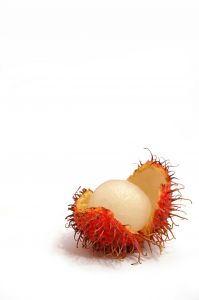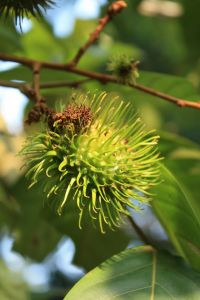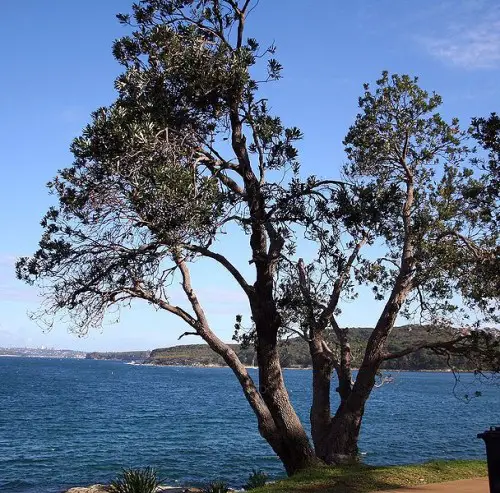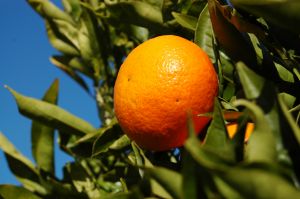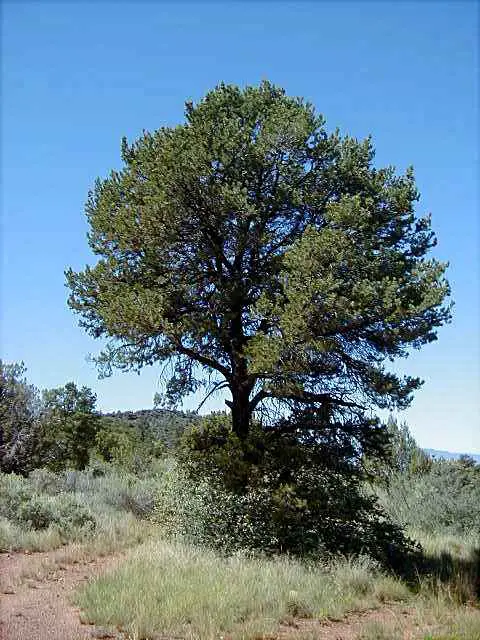Rambutan
Rambutans are fruits from a medium-sized tree from the tropics. It is native to Malaysia, Indonesia, Sri Lanka, The Philippines, and the rest of South-East Asia. It is believed to be a native Malaysian plant, where it spread upwards to Thailand, Burma, Sri Lanka, India, Vietnam, the Philippines, and Indonesia. Its name derives from the Malay word, ‘rambut’ which means hairy. This is because this fruit has ‘hair’ covering the fruit.
In the Malay markets, there is a second species available for sale called a ‘wild’ rambutan. It is smaller than the red-coloured variety, and is actually yellow in colour. When the outer skin is peeled, it exposes the fleshy fruit inside which can be eaten. Rambutans are sweet and sour, and taste sort like grapes.
The rambutan tree is an evergreen tree that grows to a height of between 12 to 20 meters. Its leaves are between 10-30 cm long. Its flowers are rather small at only 2.5 to 5mm. Rambutan trees can only be male or female. However, some are hermaphroditic. Male trees do not produce any fruit, and female trees produce flowers.
The fruit itself is round or oval shaped, and can grow up to 3-6cm tall and 3-4 wide. It is usually found in a cluster of 10-20 fruits. Its skin is like leather, red-coloured, and covered with pilables spines that look like hair. The fruit itself is actually white or pale pink. Its seed is a glossy brown colour, is soft, and crunchy. They are mildly poisonous if eaten raw, however they can be eaten without any bad side effects if it is cooked.
It is a popular fruit tree that is grown in gardens at home, as well as and small orchards. The biggest producer of rambutans in the world is Thailand. However, rambutans are also being produced in Australia and Ecuador. It is also one of the top 3 tropical fruits that is currently being produced in Hawaii.
If you are interested in buying rambutans at the market, the best quality rambutans are those that are still attached to its branch. This is because the fruits are less susceptible to damage, rot, and pests as it remains fresh for a longer time than if it has been freshly picked from the branch. A rambutan that is sold on a full branch is therefore of higher quality and maintains its real flavour than individually picked fruits. Alternatively, if you are still not sure, you can test by finding out how easy it is to detach the flesh from its seed. If it is easily detached, the flesh will have some seed coatings still on it. Therefore, it is common wisdom not to eat too much rambutans when one has a cough.
